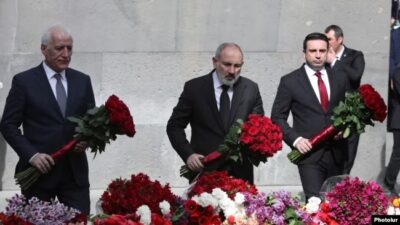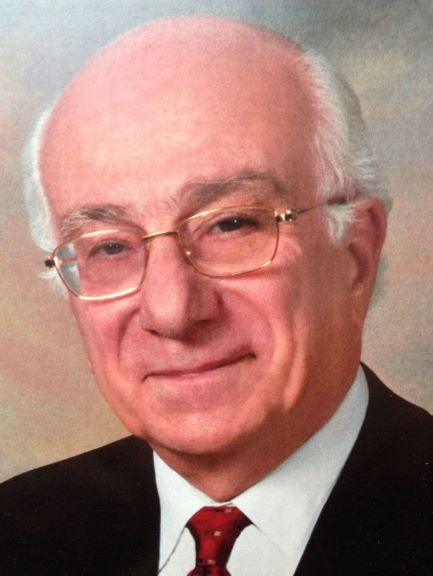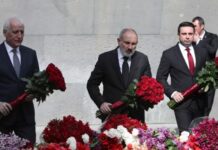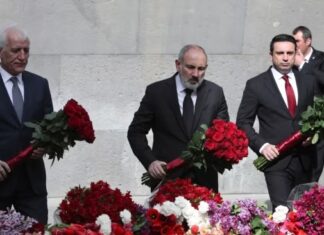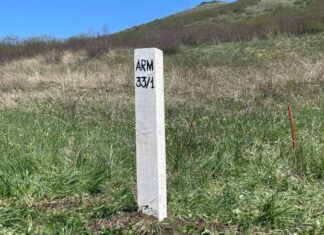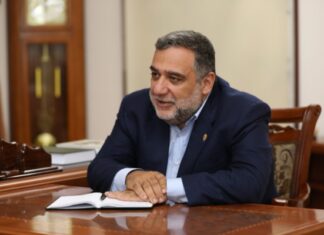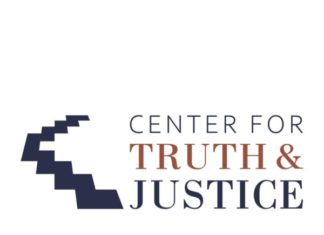By Dr. Arshavir Gundjian
Under different, normal conditions, it would be a commonplace effort to devote time at the start of a new year to examine in an impartial and unflinching fashion the events of the past year, both accomplishments and failures – the latter which of course we would not want to see repeated.
This time, however, the situation is much more serious. The informed part of the entire world-wide Armenian population, whether in Armenia, forcibly removed from Artsakh, or in the diaspora, at this point faces a much more urgent and weighty obligation of self-examination. Indeed, the stormy year we just completed, and especially its disastrous last months, shook our entire nation to its roots.
For a self-aware Armenian, it is not a year that has ended, but an entire era of the most bitter circumstances. That era began on the eve of the Genocide and continued for a whole century. During its course, the scattered remnants of the Armenian nation passed through the most serious milestones of the struggle for survival. During the seven decades of Soviet rule, thanks to the forcibly created internal peace, the country of Armenia was revived and it entered the ranks of civilized and advanced countries. During those seventy years, despite the difficult conditions created by a harsh regime, our people living in Armenia created art, science and culture worthy of national pride, and an intellectual manpower at the highest world level in all these fields, which gave reasons for pride to all Armenians around the world, including even those who were against the ruling regime. In those days, the demands of the Armenian people for our so-called “confiscated internal lands” turned into a nationwide movement of righteous protest. When suddenly, completely independent of our limited means, the opportunity arose to finally make Armenia politically independent, Armenians all over the world believed that the ideal moment had arrived to make their homeland even more prosperous. Indeed, the independent Republic of Artsakh was created by the heroic Artsakh movement, while many in Armenian diasporan circles believed that the homeland which would become a true lasting, and even eternal, anchor for Armenians, had been created.
While all this took place in the homeland, to the honor of the Armenian diaspora, that multimillion homeless community born from the Genocide, not having any means of security, instead of simply being pulverized and dissolving in the world’s huge ocean of alienation, succeeded, on the contrary, in accomplishing the impossible. In the course of the abovementioned many decades, numerous exceptionally prosperous diasporan communities were established, each with church, cultural and national political party structures. This is an incredible miracle. It is necessary to underline here that during those decades, the foundation and spiritual strength of this wonderful development was the bright reality I noted above, of a homeland’s existence and the profound confidence in the diaspora concerning its future.
Today, however, the Armenian world has been deeply shaken. After living through the last nationwide disaster period, it is now obvious that the condition of the Armenians, who were previously considered to have been in a “national revival,” contains serious structural cracks and weaknesses, to the point of being fatal. It is certainly as the result of these main weaknesses, which have been combined and further complicated, that in the last short period of time, Armenians have reached their current state, crushed, pitiful and stunned.
